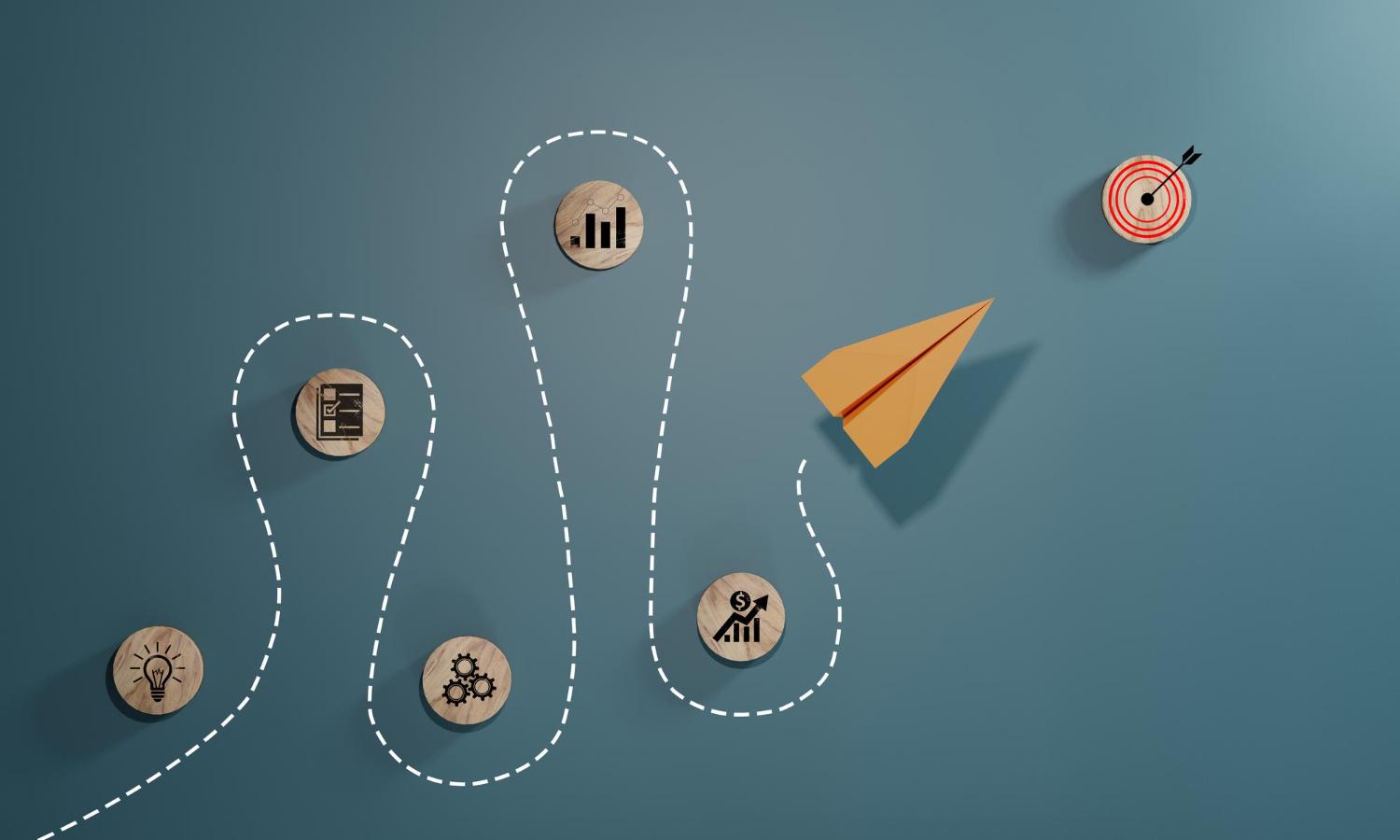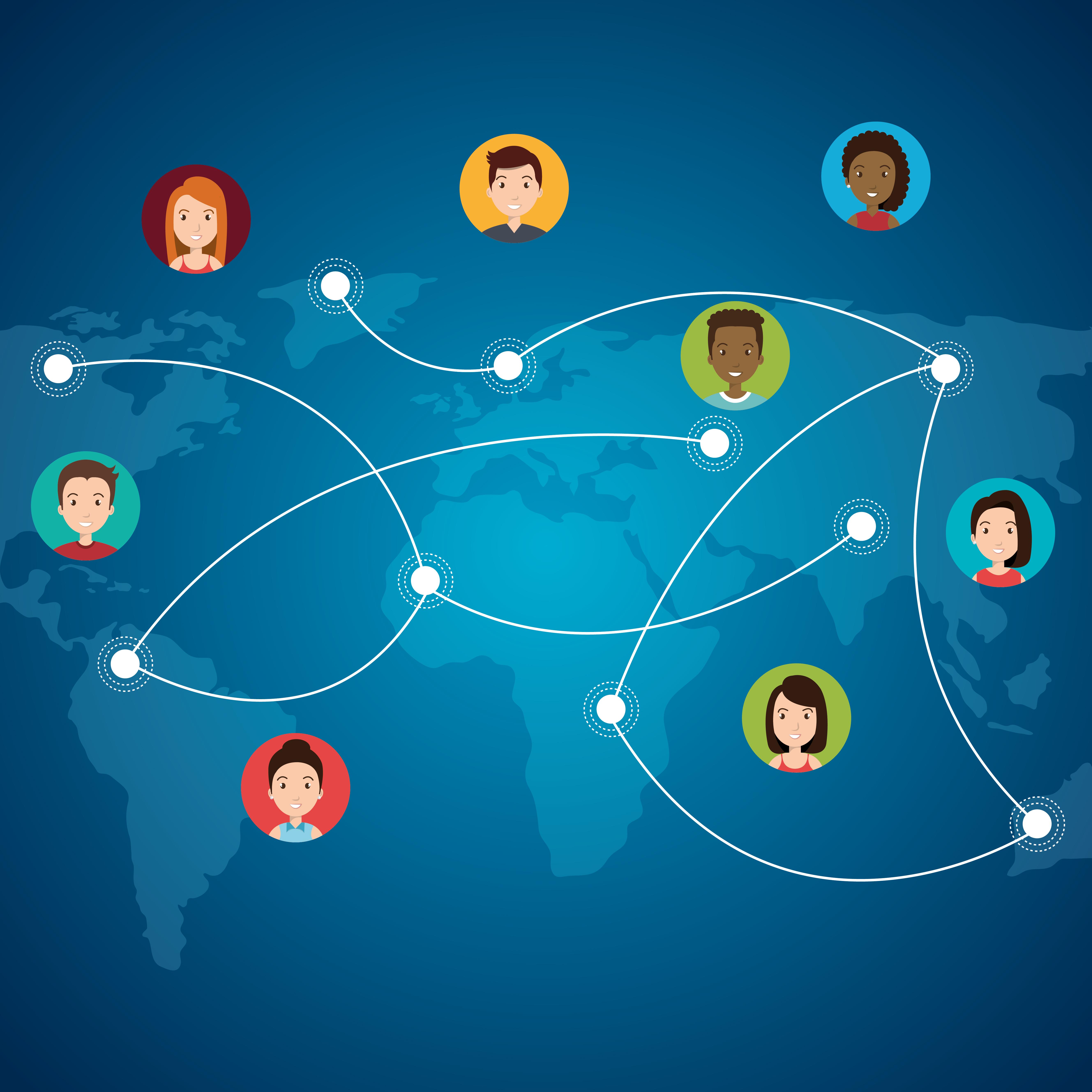1. eCommerce Example: Turning Abandonment into Engagement
When I worked with an online clothing brand, one big pain point stood out: people added items to their cart but didn’t complete the purchase. Instead of jumping straight to discounts, we decided to map out the entire purchase journey from first click to checkout.
Here’s what we found:
- Customers were overwhelmed during checkout, too many fields, too many upsells.
- Reminder emails sounded robotic and lacked empathy.
- Many didn’t realize when their favorite items were low in stock.
How We Fixed It
We simplified checkout to three clear steps, rewrote reminder emails with a conversational tone, and added real-time inventory alerts like “Only 3 left in your size!”.
The result? A 28% increase in checkout completions in two months, all because we viewed the process through the customer’s lens.
Want to learn how to identify these stages and bottlenecks early? where I break down how to analyze touchpoints and behaviors effectively.
2. SaaS Example: Improving Onboarding and Retention
A SaaS client I worked with had an amazing product, but their users weren’t sticking around. Signups were high, yet engagement after the first week dropped sharply. We created a SaaS-specific journey map, focusing on the stages of awareness, onboarding, activation, engagement, and retention.
Here’s what we discovered:
- Onboarding emails were overly technical and intimidating.
- New users didn’t experience the product’s value early enough.
- Customer support was reactive instead of proactive.
How We Fixed It
- Added a 5-minute setup tutorial to deliver instant value.
- Personalized onboarding tips based on user goals.
- Introduced automated check-ins during the first week to encourage engagement.
The impact was massive: activation rates rose by 40%, and churn dropped significantly. This experience taught me something essential, the journey doesn’t end when someone signs up; that’s when it truly begins.
To understand why post-purchase and retention stages matter just as much, revisit Customer Journey Map vs. Buyer Journey Map.

3. Education Platform Example: Building Confidence Before Conversion
An ed-tech startup approached me with a common problem: visitors browsed their course catalog but rarely enrolled. After mapping the student journey, we realized the issue wasn’t interest — it was confidence. Prospective learners feared wasting money or picking the wrong course.
How We Fixed It
- Added student testimonials beside key CTAs.
- Offered a “Try a Free Lesson” option.
- Used quizzes to recommend the right course for each visitor.
The change resulted in a 35% increase in course enrollments, but more importantly, the brand became a trusted learning partner, not just a platform.
I go deeper into the customer Journey Mapping: Understanding Every Step of Your Customer’s Experience, where I explain how understanding feelings and motivations can make your strategies more human.
4. Service Business Example: Reducing Drop-offs During Consultation
For a local digital agency, the challenge wasn’t getting leads, it was converting them after the first discovery call. By mapping the service inquiry journey, we pinpointed the friction point: the follow-up process. Proposals were delayed, and responses felt generic. Clients didn’t feel understood.
How We Fixed It
- A thank-you email within one hour of the consultation.
- A personalized proposal within 24 hours.
- A follow-up message three days later asking if they had any questions.
The outcome was impressive, a 50% boost in client conversions in just three months. It proved that consistency and speed are just as vital as creativity.
For a deeper breakdown of what makes these elements work, see Components of a Customer Journey Map, where I outline every piece that brings clarity and cohesion to your strategy.
5. My Own Journey Mapping Experience
When I built my personal brand website, I assumed people would simply read my work and reach out, but my journey map told a different story. Visitors spent time on my blogs but rarely contacted me. I realized I wasn’t guiding them; I was leaving them to navigate alone.
So I Redesigned the Flow
- Educational content upfront.
- Mid-scroll CTAs for subtle engagement.
- A friendly, personalized invitation at the end.
Almost immediately, engagement doubled, and not because I changed what I said, but how I led people through the experience. That’s when it hit me: you can’t improve what you can’t see.
If you’re new to journey mapping, start with What is a Customer Journey Map? , it lays the foundation for understanding how these insights come to life.
Key Takeaways from Real-World Examples
- Every brand began with assumptions.
- Every map uncovered blind spots.
- Every improvement came from empathy and clarity, not guesswork.
Customer journey mapping isn’t about perfection; it’s about perspective. It helps you bridge the gap between what you believe your customer experiences and what they actually go through. It’s a tool that turns observation into opportunity, and opportunity into genuine connection.
Up next, I’ll take you through The Evolution of the Customer Journey Map, exploring how the practice has transformed over time and why modern journeys look so different from what they used to be.
Interesting Read
B2B Demand Generation: A Comprehensive Beginner’s Guide



